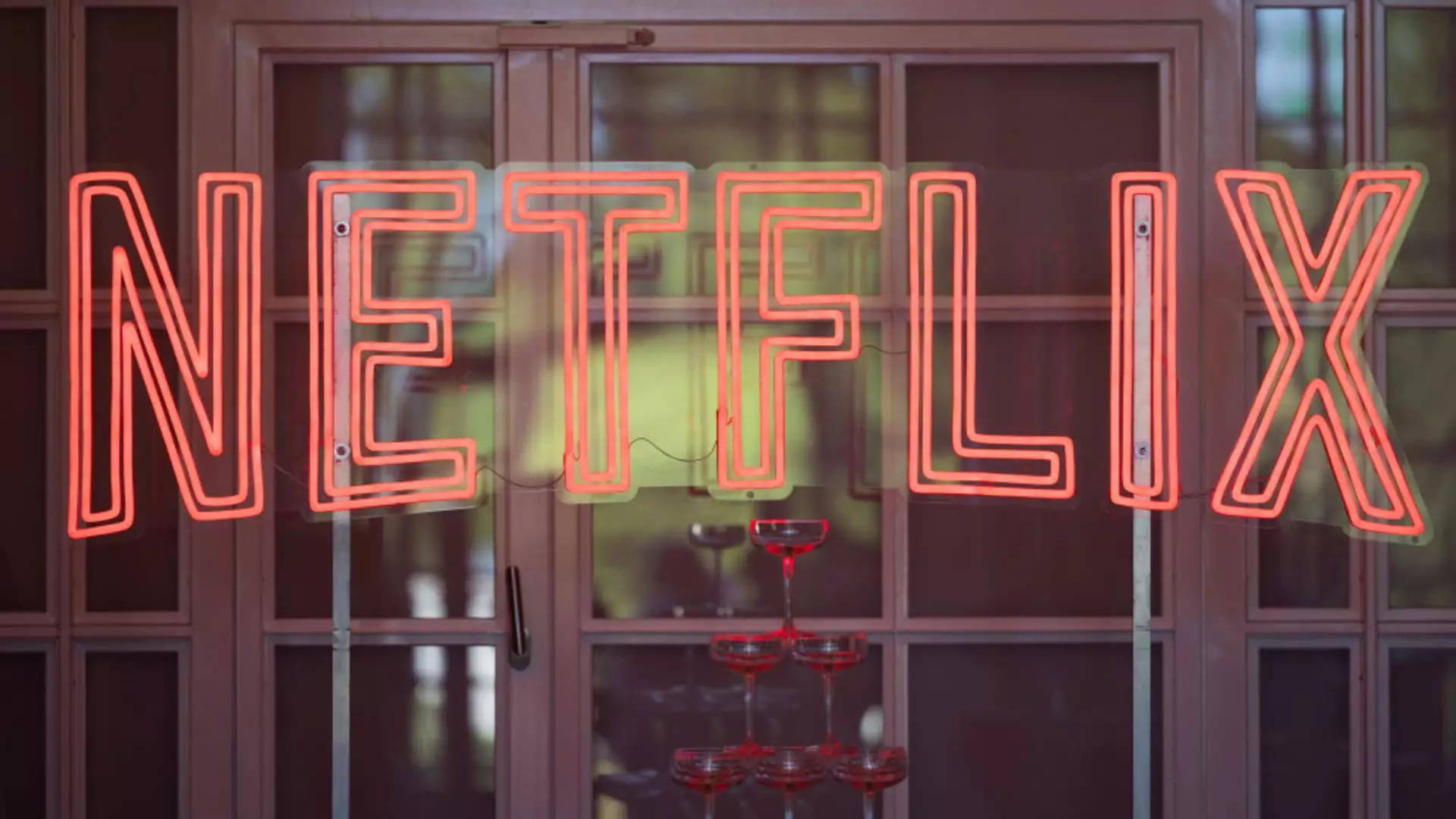In a move that has raised eyebrows among streaming enthusiasts, Netflix recently announced significant price increases across its various subscription tiers in the U.S. On a typical Tuesday, the streaming giant revealed that its standard ad-free monthly plan would escalate from $15.49 to $17.99. Meanwhile, subscribers of its ad-supported plan—a relatively recent addition to their offerings—will now pay $7.99 instead of $6.99. The premium plan, designed for avid viewers, will also see a bump from $22.99 to $24.99. This shift reflects broader trends in the streaming industry, where price hikes have become a norm as services aim to improve profitability.
Netflix is not merely adjusting prices in the U.S.; it’s extending these hikes globally, mentioning increases in markets such as Canada, Portugal, and Argentina. This international price adjustment may vary in impact depending on local economic conditions, but the overall message remains clear: streaming services like Netflix are reconsidering their pricing strategies in light of fluctuating subscriber growth and increased operational costs. While Netflix still holds a significant share of the streaming market, they are evidently taking steps to ensure that subscriber retention and revenue generation remain viable in an increasingly competitive landscape.
The introduction of the ad-supported plan was a strategic move after Netflix experienced stagnancy in subscriber growth. Launched in November 2022, this plan has reportedly attracted about 70 million global active users, indicating a demand for more cost-effective solutions among viewers who are more price-sensitive. However, the increase in pricing for this tier may pose a challenge for Netflix as they try to attract and retain this demographic. Consumers who are already juggling multiple streaming subscriptions may find themselves choosing between various platforms, especially as other companies like Disney and HBO Max also raise their prices.
Password Sharing and New Revenue Streams
In a bid to tighten its subscription model, Netflix has implemented stricter policies regarding password sharing. The decision to allow “extra members” for a fee represents an innovative approach to bringing more revenue into the company. However, the increase from $7.99 to $8.99 for these additional accounts on standard plans could dissuade some users from adding extra members, especially if they are already concerned about rising costs. Interestingly, those who opt for the ad-supported plan will not face a price increase for extra members, suggesting that Netflix is focused on creating a more attractive offering while still capturing additional revenue.
As the streaming market becomes increasingly saturated, Netflix’s price adjustments can be viewed through the lens of the ongoing “streaming wars.” Competition is fierce, with services continuously vying for viewer attention and wallet share. The pressure to implement price hikes is often accompanied by promises of premium content and user experience improvements, but this remains to be seen if consumers will accept these increases without a direct correlation to enhanced offerings. In essence, as Netflix aims to surpass 300 million subscribers—having recently added 19 million in Q4 alone—it may find that the sustainability of its business model hinges not just on quantity, but quality, perception, and customer satisfaction.
While Netflix’s strategic pricing adjustments may offer short-term financial benefits, the long-term implications of these decisions could redefine user engagement in an evolving digital entertainment landscape.


Leave a Reply